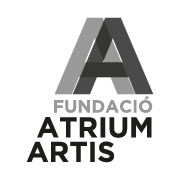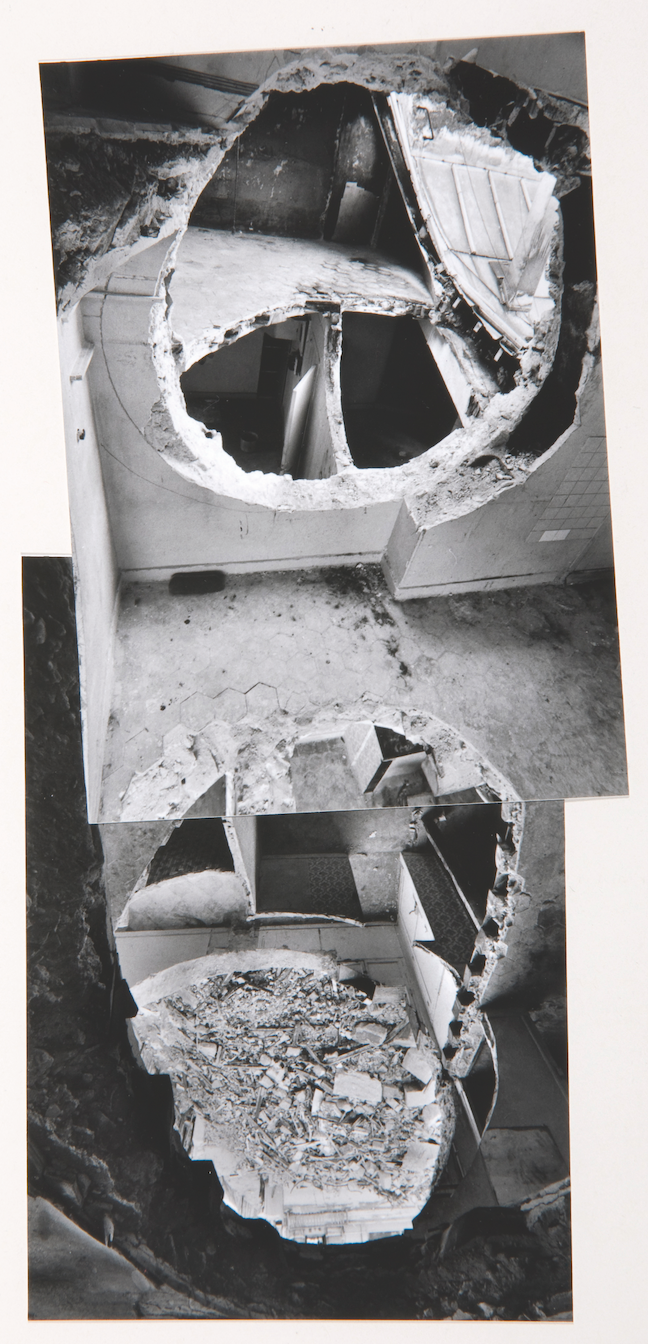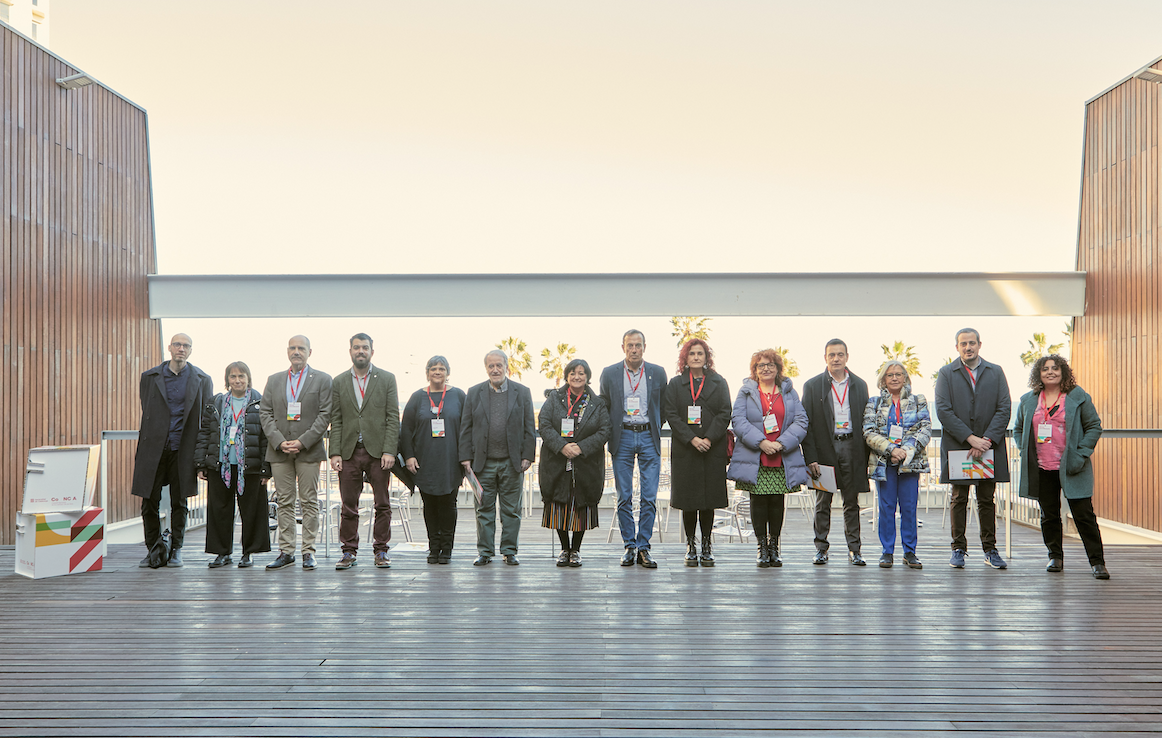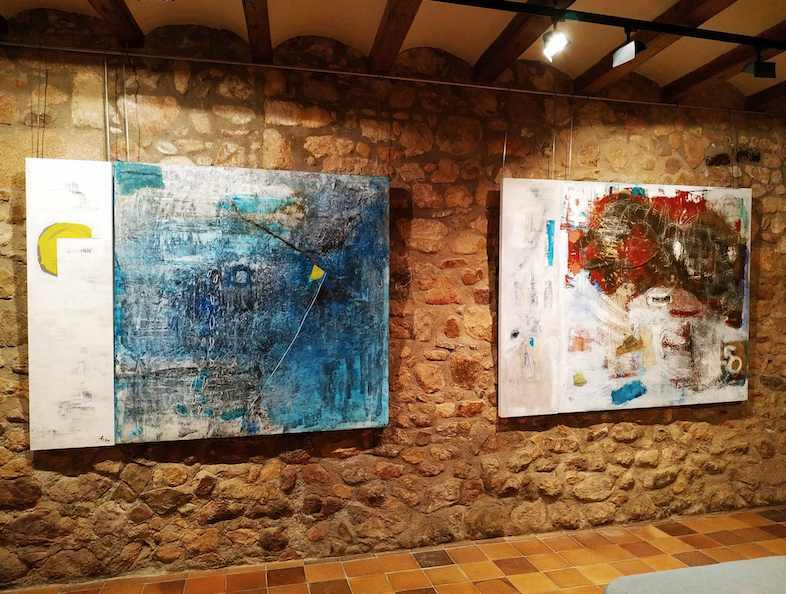Exhibitions
The Espai Eat Art inaugurates "El blanc il·lumina" an exhibition of sculptures by the Catalan artist Lluís Vilà
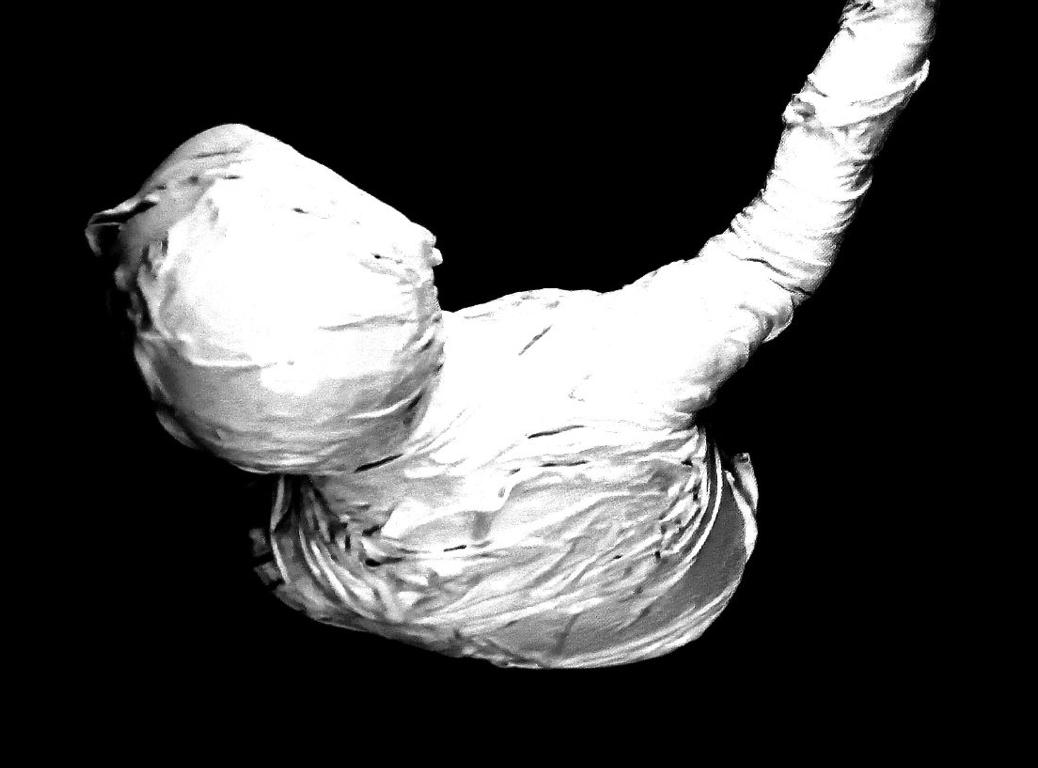
The Lluís Coromina Foundation opens on April 5 at 7 p.m. the exhibition El blanc illuminates, an exhibition of sculptures by the Catalan artist Lluís Vilà at the Espai Eat Art in Banyoles. The exhibition can be visited until April 30, 2022.
The exhibition El blanc illuminates focuses on the series of sculptures Nautes by Lluís Vilà, a set of anthropomorphic figures that incorporate a recurring element throughout the artist's career: bread, a symbol of our civilization. The Nautes are sculptural pieces in the form of characters who face the unknown, with a mixture of consciousness and unconsciousness marked by a boundless curiosity. White illuminates is a journey towards humanity, with a unique set of sculptures, some of them with branches and references to nature, in which the human being is presented as part of a whole.
Lluís Vilà i Vendrell was a Catalan artist with a long career in painting, sculpture and design. He began his artistic career in the early 1970s and, from its inception to the mid-1980s, worked in the field of research and installation within the conceptual currents of eat art and art. fungible. Over time, he left behind direct references to edible items and, without losing his essence, began working with new materials such as iron and paint on paper. In this new stage, he became interested in the packaging of canned food, ie cans, and presented several sculptures with iron and without volume, which were presented at the Sala Vinçon in Barcelona (1990) and at the Madrid Transit Room (1991).
A constant in his work is the use of consumables, as well as his criticism of consumer society, which was perfectly reflected in the exhibition Àlef (1996), a work in which he used his own blood as painting and which was presented at the Alter Ego gallery in Barcelona. From that moment on, he integrated his own pictorial and sculptural language and created several series of sculptures such as Navegants (1995-1997), Contraris (1995) and Logos (2001). One of his most recent works is Nautes (2006), a work that is closer to conceptual art and in which the artist reflects with an ironic, paradoxical and critical tone through sculptures and paintings of children's bodies. who renounce their usual body iconography.




